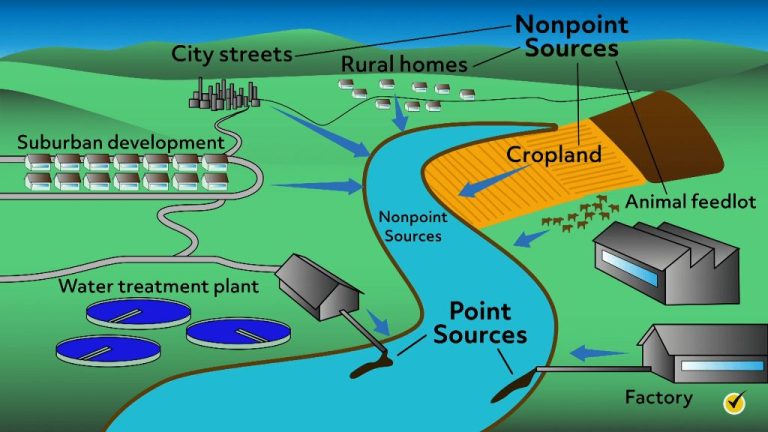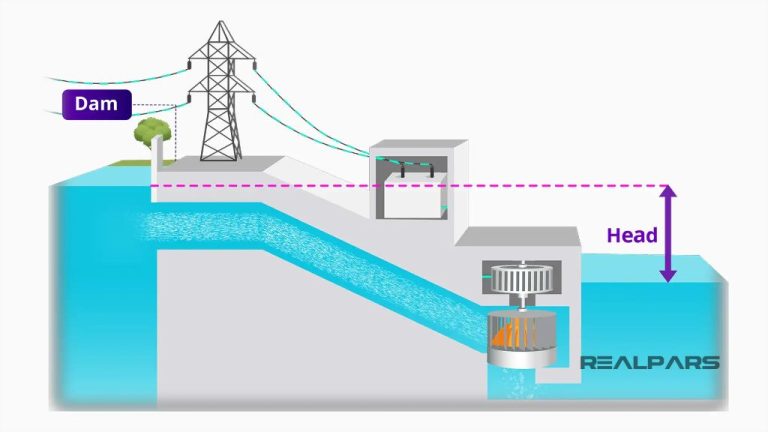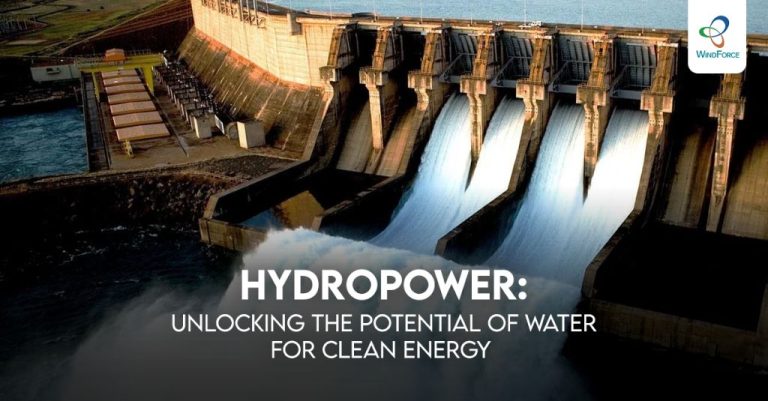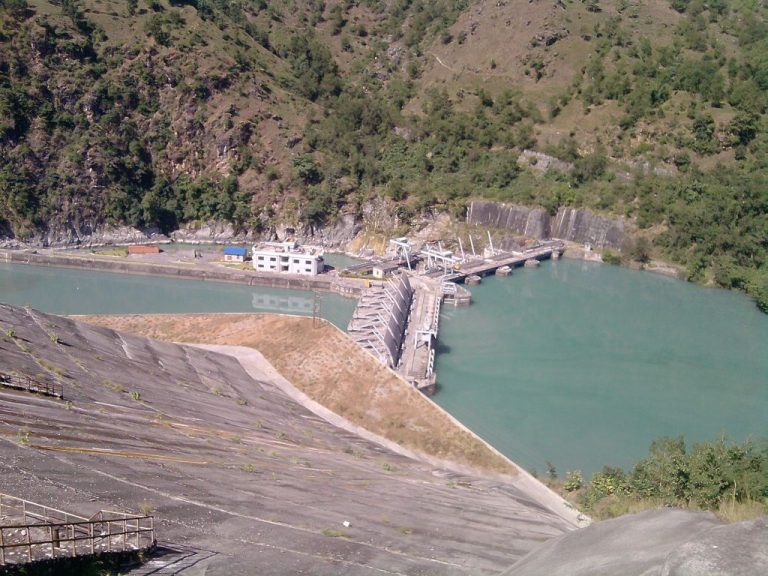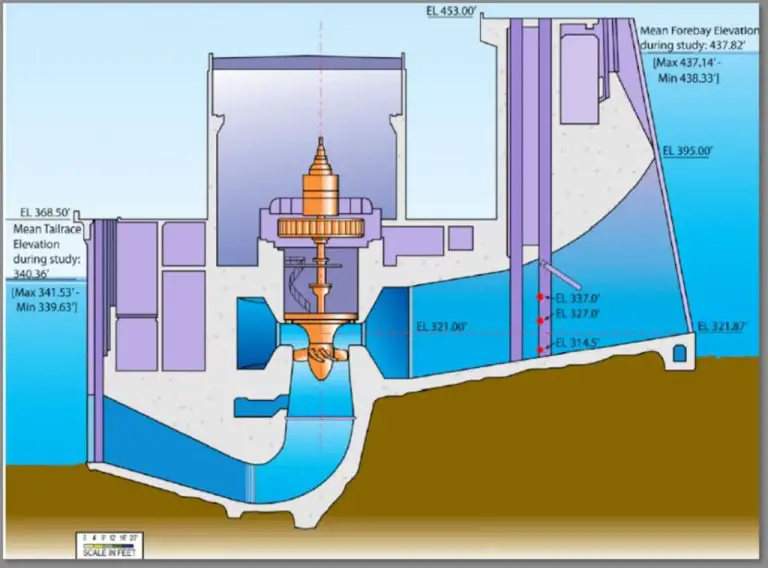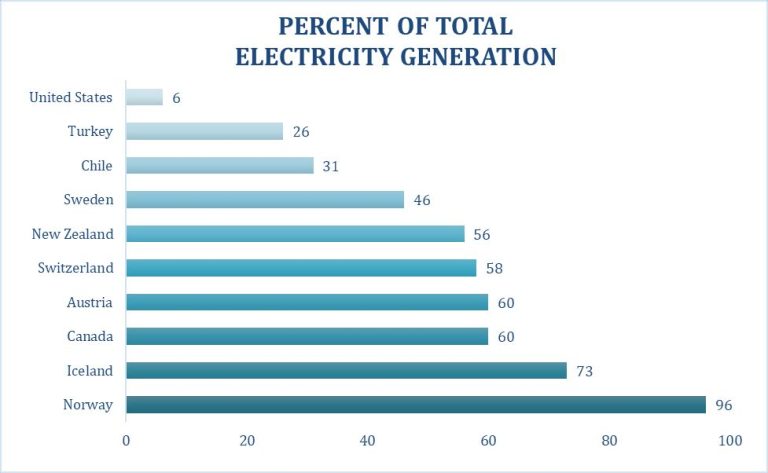What Is The Purpose Of The Xayaburi Dam?
The Xayaburi Dam is a large hydroelectric dam project on the mainstream of the Lower Mekong River in northern Laos. The main purpose of the dam is to generate electricity and revenue by harnessing the water resources of the Mekong River. The $3.8 billion project has been developed and financed by companies from Thailand, with electricity expected to be sold primarily to Thailand once operational.
The Xayaburi Dam has been one of the most controversial dam projects on the Mekong River, as it is the first mainstream dam to be built and has faced opposition over its environmental and social impacts. Supporters argue the dam will contribute to economic development in Laos, while critics argue it will negatively impact food security, livelihoods, and ecosystems downstream, especially in Cambodia and Vietnam.
Location
The Xayaburi Dam is located on the Lower Mekong River, approximately 30 kilometres (19 mi) east of Xayaburi town in northern Laos [1]. The dam site is located near the village of Ban Houay Souy in Xayaburi Province [2].
The dam is situated on a remote stretch of the Mekong River that forms the border between Laos and Thailand. It is part of a cluster of mainstream dams planned for the Lower Mekong basin. The Xayaburi Dam is the first of the eleven mainstream dams to undergo construction and will set the precedent for future Mekong mainstream dams.
Size and Scope
The Xayaburi Dam is a massive hydroelectric dam on the Mekong River in northern Laos. According to the Xayaburi Power Company Limited, the dam walls are 820 meters long and 32 meters high. The power plant has 7 turbine generators with a total installed capacity of 1,285 MW. When operating at full capacity, the Xayaburi Dam can generate up to 7,370 GWh of electricity annually (https://hobomaps.com/SayabouryDamInfo.html).
The Xayaburi reservoir created by the dam has a surface area of 49 square kilometers and holds 1.3 cubic kilometers of water when at full capacity. Overall, the Xayaburi Dam project involved moving over 30 million cubic meters of rock and soil during construction. In terms of scale, the Xayaburi Dam ranks among the largest hydropower projects built in Laos and SE Asia over the past decade.
Purpose
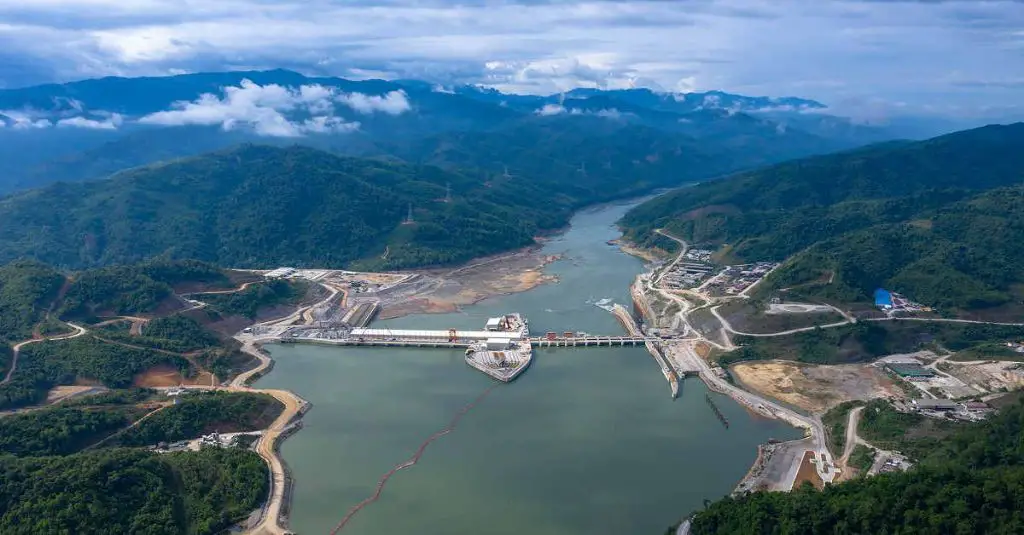
The main purpose of the Xayaburi Dam is to generate hydroelectric power. The dam has an installed capacity of 1,285 megawatts, which will be sold to the Thai energy company PTT Public Company Limited under a power purchase agreement (PPA) (Wikipedia, 2022). This electricity is intended to help meet Thailand’s increasing energy demands and promote economic growth.
According to EarthRights International, the Laotian government also argues that revenue from the dam will help pay for poverty reduction and infrastructure development programs. Approximately 95% of households in Laos lack electricity, so the government maintains that hydropower projects are crucial for national development and modernization (EarthRights, 2022).
In addition to power generation, the dam operators plan to incorporate a navigation lock system that would allow vessels to pass through. This could potentially facilitate increased trade and transportation along the Mekong River.
Funding
The Xayaburi Dam cost an estimated $3.8 billion to construct. The project received funding from a consortium of Thai banks including Kasikorn Bank, Bangkok Bank, Krungthai Bank and Siam Commercial Bank. These banks provided loans to the dam’s developer, Ch. Karnchang Public Company Limited. Additional funding came from the purchase of equity stakes by Thai energy companies including EGCO and PTT. The dam’s electricity production is already contracted to Thailand’s state-owned utility company EGAT under a power purchase agreement.
The Lao government holds a 25% stake in the project through the Lao Holding State Enterprise and granted approval and concessions to the Thai developers. However, the Lao government did not provide direct funding for construction of the dam.
Construction
Construction on the Xayaburi Dam officially began with a groundbreaking ceremony on 7 November 2012, despite ongoing concerns and objections from neighboring countries Cambodia and Vietnam. Construction has progressed steadily since then.
In March 2013, satellite images showed construction work underway on the dam site, with roads being paved, worker’s huts built, and forest cleared in areas that would become the future reservoir. By May 2013, the riverbed was being dredged and dynamited to prepare for the dam construction [1].
By 2014, the project was 30% complete according to developers. Cofferdams had been built to divert the river flow and dewater the main construction site on the left bank. Concrete pouring for the powerhouse had begun. Construction was moving forward despite a March 2014 request from neighboring countries to halt the project until further impact studies could be done [2].
In July 2019, the developers announced that construction on the main dam across the Mekong River had been completed. The $4.47 billion project was expected to start generating electricity in October 2019, and reach full power generation capacity in 2020 [3]. Despite some delays, the massive mainstream dam on the lower Mekong is nearing completion.
Controversy
The Xayaburi Dam has faced much criticism and concern since its inception. Major concerns have focused on the dam’s impacts to the environment and local communities. According to the NGO International Rivers, the Xayaburi Dam violates the 1995 Mekong Agreement, which requires the four member countries of the Mekong River Commission to come to an agreement before building dams on the mainstream Mekong River [1]. Laos, however, began construction on the dam in 2012 without first getting this agreement.
Additionally, the Xayaburi Dam poses risks to the ecology and livelihoods of communities along the Mekong River. The dam is expected to block fish migration routes, impacting fisheries that millions rely on for food and income [2]. Local communities in Thailand, Cambodia, and Vietnam filed a complaint alleging the dam will drive families into poverty and malnutrition.
Environmental Impact
The Xayaburi Dam has had significant negative impacts on the environment and ecosystems of the Mekong River. Construction of the dam disrupted fish migration routes, impacting hundreds of species that migrate along the river each year. According to the environmental group International Rivers, fish populations have already declined 50-80% in areas upstream of the dam since it began operation in 2019. Sediment flow has also been disrupted, affecting nutrition flows and aquatic habitats downstream (EarthRights 2022).
One major concern is that the dam acts as a barrier for fish trying to swim upstream to spawn. The dam was designed with fish passages to allow fish to migrate, but many experts believe they are inadequate for the diversity of fish species in the Mekong (International Rivers 2022). There are over 850 species of fish in the lower Mekong basin, making it one of the most biodiverse river systems in the world.
The dam’s disruption of natural sediment flows also impacts fish and plants downstream that rely on nutrient-rich sediment. Sediment from the Mekong helps sustain the Mekong Delta region, which is critical for Vietnamese rice production and could face increased salinization without sediment deposits (The Third Pole 2022). Overall, the Xayaburi Dam has fundamentally altered the ecology of the Mekong River.
Social Impact
The Xayaburi Dam has had major social impacts on local communities along the Mekong River. The dam’s reservoir flooded parts of several villages and displaced over 2,100 people. Many were resettled to purpose-built villages, while some relocated on their own and did not receive compensation. The impacts were felt most by ethnic minority groups.
According to the project’s 2010 Social Impact Assessment (SIA), 49 villages were identified to be displaced, affecting over 12,000 people. The SIA acknowledged “landlessness” as a major impact, as villagers lost homes, farmland, community forests, and other assets.
However, a 2021 report by Radio Free Asia found that resettled villagers lacked adequate housing, land, food, and livelihood opportunities. Many ended up worse off, having to find odd jobs or food in nearby towns. Promises of new homes, farmland allotments, and allowances went unfulfilled in some cases.
Overall, the Xayaburi Dam exacted a heavy toll on local communities through displacement, loss of livelihoods, and disruption of social cohesion. Mitigation measures provided insufficient support, and many villagers struggled after losing homes, assets, and ways of life.
Future Outlook
The future of the Xayaburi Dam remains uncertain. While the dam began commercial operations in 2019, its long-term impacts are still unknown. According to EarthRights International, the dam’s developer has not implemented promised mitigation measures, like fish passages, putting the future of the Mekong’s ecosystem at risk. Conservation groups continue to call for additional impact studies before proceeding with more mainstream Mekong dams.
Looking ahead, the Lao government aims to move forward with its plans for the 728-megawatt Phou Ngoy Dam, slated for completion in 2029. This would become the country’s third operational dam along the mainstream Mekong (RFA, 2023). However, regional governments and NGOs warn of irreversible damage to the river’s vital fish stocks and sediment flows. With the river supporting millions of livelihoods, balancing hydropower development and ecological preservation remains a key challenge.
In the long-term, some experts suggest alternative energy solutions, like solar and wind power, could meet the region’s needs more sustainably. There are also calls for greater transparency and cooperation between Mekong nations to evaluate dam projects. The Xayaburi Dam highlights the complex trade-offs involved in developing the Mekong’s hydropower potential. Its legacy will depend on how governments and developers navigate decisions in the years ahead.

